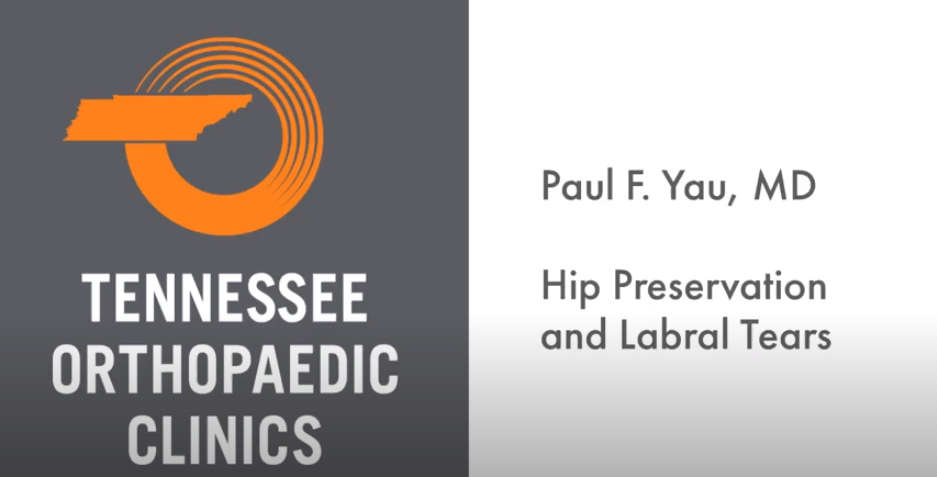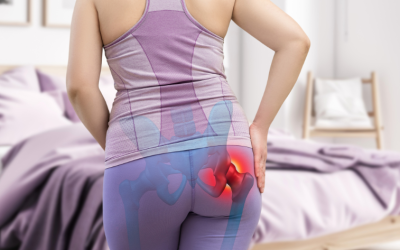My name is Paul Yau, and I have a particular interest in hip preservation. One of the most common conditions is labral tears. There can be some clues in figuring out how you obtained the labral tear. Sometimes it can be from an accident, like a car accident and some traumatic incident, but the vast majority happen from two other conditions, the most common being hip impingement, which will generally cause tightness in the posterior aspect of the thigh and your hamstrings feeling quite tight and difficult to stretch. Hip dysplasia, or some people will call hip instability, tends to lead to a burning sensation in the buttock, in the low back, also in the outside or lateral aspect of the thigh. Those two conditions can lead to labral tears, which you will feel mainly in your groin. Some people will confuse it with a hernia, but will cause a lot of burning sensation in the crease or the inguinal fold in the front of your hip. Labral tears can be easily confused with a multitude of other conditions. The way people feel them can actually be quite variable. The majority, probably three quarters of patients, will feel it mostly in the groin, sort of in the hernia type area, and it will cause a burning type sensation mainly with any sort of motion of the leg. Sometimes we need an MRI to confirm the diagnosis as the nerves in the area can be quite confusing and not everybody has the same sensation, even with the same labral tear. The main treatments for tearing of the labrum is sewing it back together, but again, you need to know how you got it or why you got it. If it’s because there’s an irregularity of the ball, we reshape the ball. If there is an irregularity of the socket, we reshape the socket. If you have both, we do both. And that’s what we feel is the most comprehensive way of treating hip pathology.




